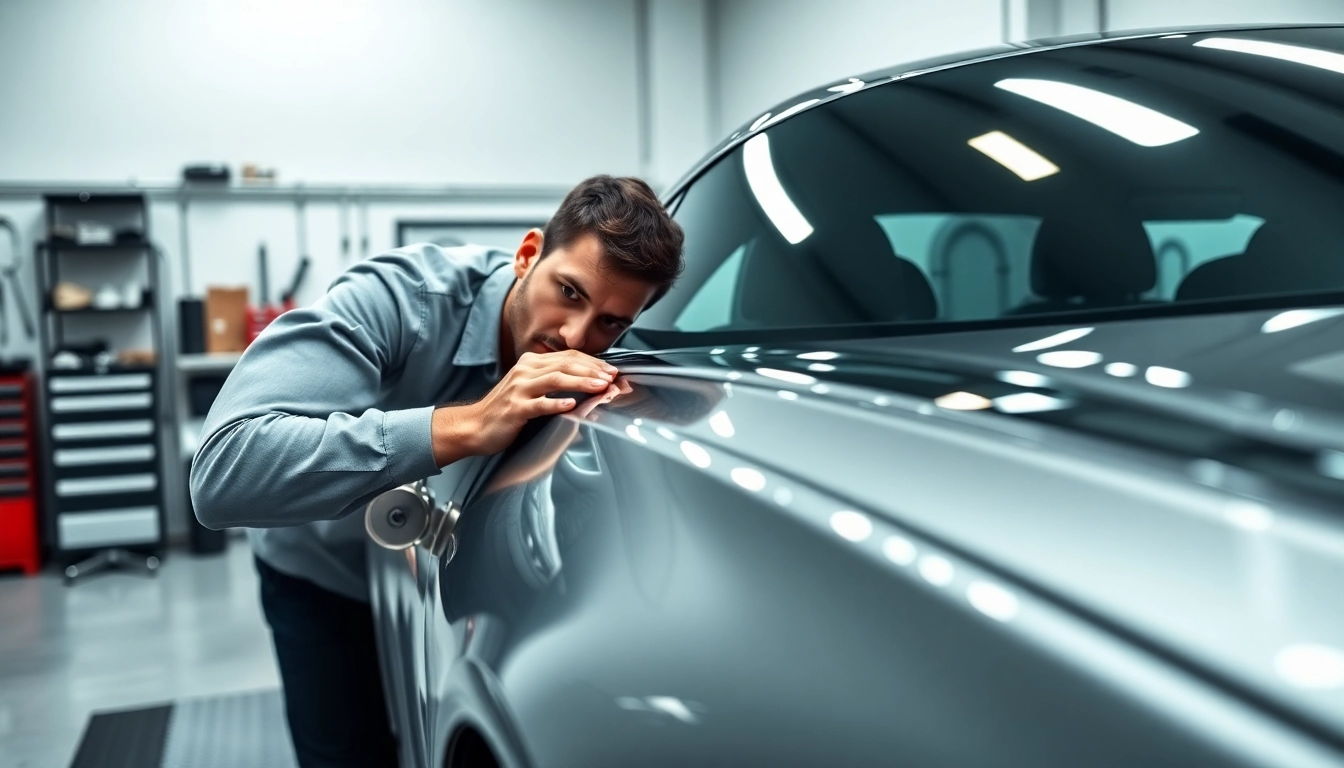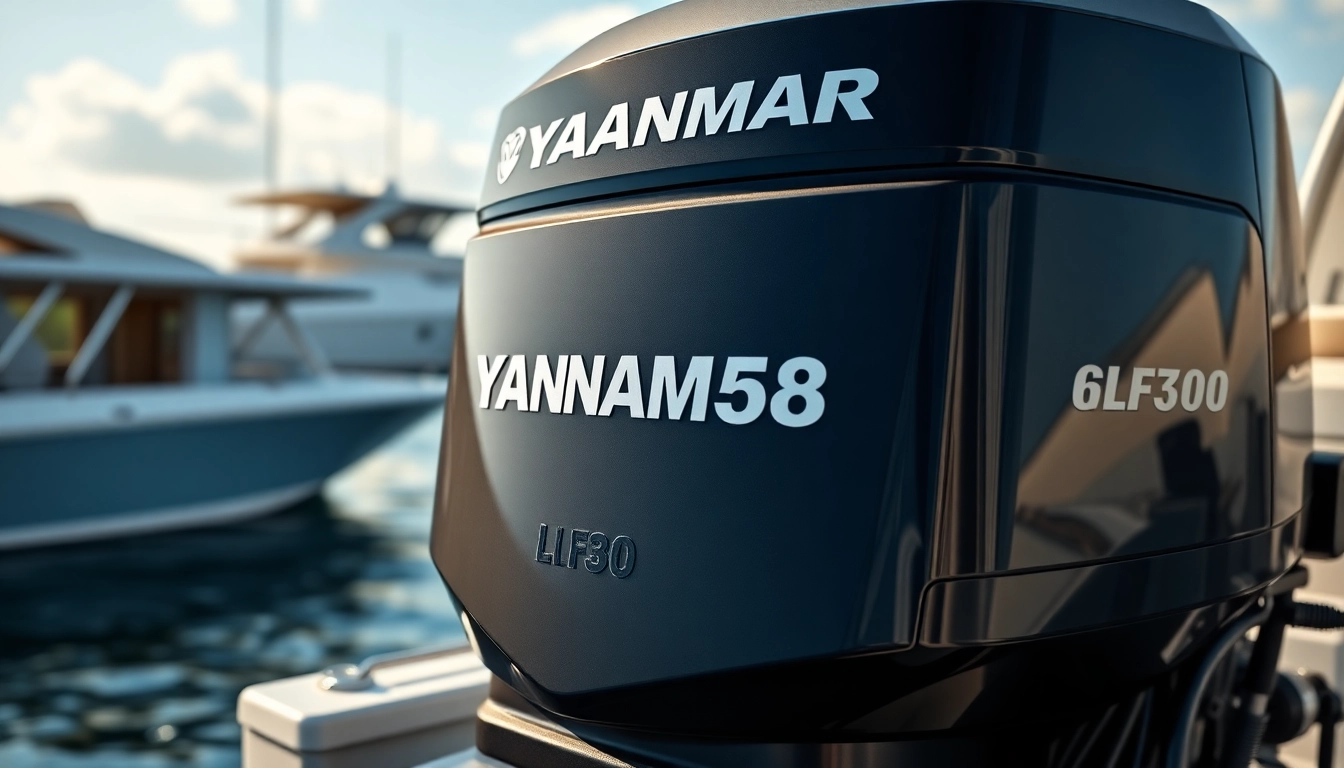Understanding Paint Protection Film (PPF)
What is Paint Protection Film?
Paint Protection Film (PPF) is a specialized polymer material designed to safeguard a vehicle’s exterior paint from various environmental hazards and minor abrasions. Commonly referred to as a “clear bra,” PPF is often applied to areas most susceptible to damage, such as the front bumper, hood, and side mirrors. It is virtually invisible and can be custom-fitted to contours of a vehicle, providing an effective barrier without altering its aesthetics.
Benefits of Using Paint Protection Film
The adoption of paint protection film has surged in popularity due to its numerous benefits. First and foremost, PPF effectively guards against stone chips, scratches, and wear from debris, preserving a vehicle’s paint job. Furthermore, the film has self-healing properties that allow minor scratches to repair themselves over time through exposure to heat, maintaining a flawless finish.
In addition to physical protection, PPF can significantly enhance the resale value of a vehicle. By keeping the original paint in pristine condition, owners can command a higher return on investment when it’s time to sell or trade in their vehicle. PPF also offers UV protection, preventing sun damage that can fade paint and lead to expensive touch-ups.
Different Types of PPF Available
There are several types of paint protection film available, each designed to meet varying needs and preferences. The most common categories include:
- Standard PPF: This entry-level film provides essential protection against scratches and road debris.
- Self-Healing Film: Utilizes advanced technology that allows minor abrasions to heal themselves over time.
- Matte Finish PPF: Offers protection while preserving the matte finish of a vehicle, ideal for certain luxury models.
- Hydrophobic Film: Features a chemical structure that repels water, making cleaning easier while providing protection.
Finding a Qualified PPF Installer
Key Qualities to Look For in a PPF Installer
Choosing the right ppf installer is crucial for ensuring a quality installation. Here are some key qualities to look for:
- Experience: Look for an installer with several years in the business and a proven track record of successful PPF applications.
- Certifications: Seek out installers who are certified by reputable PPF manufacturers, as this indicates a level of quality and trust.
- Portfolio: A professional installer should be happy to show a portfolio of past work, demonstrating their craftsmanship and attention to detail.
- Customer Service: Good communication is key; a reputable installer should be willing to answer any questions and guide you through the process.
Questions to Ask Potential Installers
Before settling on an installer, ask the following questions to ensure that they meet your standards:
- What types of PPF do you offer, and which do you recommend for my vehicle?
- What is the installation process, and how long does it typically take?
- Do you offer warranties on your work, and what do they cover?
- How do you handle mistakes during installation, if they occur?
- Can you provide customer references or online reviews?
Researching Customer Reviews and Testimonials
Investigating customer reviews and testimonials can provide you with valuable insights into the quality of service offered by a potential PPF installer. Look for reviews on third-party sites rather than the installer’s website to get an unbiased perspective. Pay attention to comments regarding installation quality, customer service, and aftercare. Social media platforms can also be a good resource to see real-time feedback from past customers.
The Installation Process
Steps Involved in PPF Installation
The installation process of paint protection film typically involves several key steps:
- Preparation: The vehicle’s surface is thoroughly cleaned to remove dirt, wax, and contaminants that could hinder adhesion.
- Measurement and Cutting: Precision measurements are taken, and the film is cut accordingly, often using computer-aided design technologies for accuracy.
- Applying the Film: The installer carefully adheres the film to the vehicle’s surfaces, smoothing out air bubbles and achieving a seamless application.
- Trimming Edges: Excess film is trimmed away for a perfect finish, ensuring that the edges are well-hidden.
- Post-Installation Care: The installer will provide guidelines for how to care for the film after installation, including any wait time for washing or exposure to certain conditions.
Common Challenges During Installation
While PPF installation can be straightforward, there are common challenges that can arise:
- Temperature Sensitivity: The adhesive quality of PPF can be affected by temperature, making it essential to work in optimal conditions.
- Complex Shapes: Vehicles with intricate curves and contours may require additional time and technique to ensure proper film adherence.
- Air Bubbles: Ensuring a bubble-free installation is crucial for aesthetics and function; skilled installers employ techniques to minimize this issue.
Post-Installation Care and Maintenance
After the installation, proper care is necessary to maintain the film’s appearance and effectiveness. Follow these guidelines:
- Avoid washing the car for at least a week to allow the film to cure properly.
- Use a soft, non-abrasive cloth and gentle cleaning solutions to clean the film’s surface.
- Regularly check for any lifting edges or signs of damage and consult with your installer if issues arise.
Comparing PPF Installers
Cost Factors in PPF Installation
The cost of PPF installation can vary widely depending on several factors, including the size of the vehicle, the type of film chosen, and the complexity of the installation. On average, a full-front PPF installation can range from several hundred to several thousand dollars. It’s important to discuss pricing transparently with potential installers and understand what is included in their quotes.
Warranty and Aftercare Offers
Warranties can differ significantly between installers, typically covering the film and the workmanship. A good warranty could provide peace of mind, covering issues like yellowing, peeling, or bubbling. Be sure to clarify the specific terms of the warranty, including the duration and what conditions may void it.
Installation Times and Scheduling
Installation times can vary based on the amount of film being applied and the specifics of the vehicle. A full car application typically takes longer than just applying film to the front end. Discuss scheduling preferences with your installer, and ask how long you can expect the installation to take so you can plan accordingly.
Maximizing the Benefits of PPF
Long-Term Care Considerations
To maximize the longevity and effectiveness of your PPF, consider adhering to the following long-term care tips:
- Wash your vehicle regularly but avoid automatic car washes that may use harsh brushes.
- Inspect the film periodically for bubbles or imperfections and consult your installer for any necessary touch-ups.
- Consider applying a specialized PPF sealant to enhance protection and shine.
Signs You May Need a PPF Replacement
Over time, even the best-installed PPF may show signs of wear. It’s essential to recognize the signs indicating potential replacement:
- Visible yellowing or discoloration of the film.
- Peeling or lifting edges that do not adhere well.
- Deep scratches that cannot be self-healed or cleaned properly.
Benefits of Regular Maintenance from Your PPF Installer
Regular maintenance and check-ins with your PPF installer can ensure that the film is performing adequately. Many installers offer maintenance packages that include annual inspections, cleaning services, and touch-ups as needed, allowing you to keep the film in top shape without hassle.



